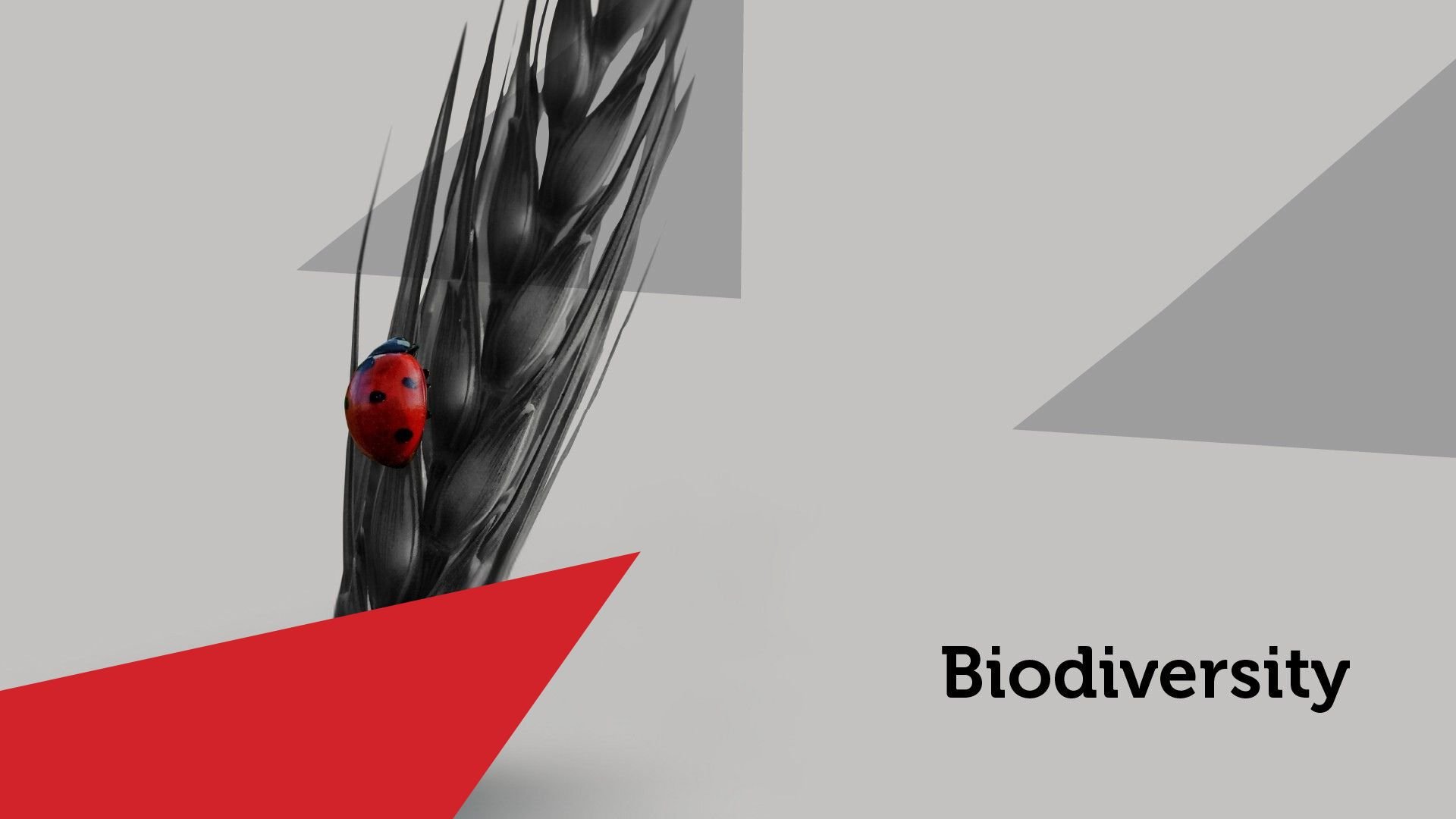There is growing recognition that there are human and economic costs associated with biodiversity loss, and that these represent risk and opportunity for investors. As specialists in the natural capital transition, we understand the investment implications for asset owners and allocators to be complex and far-reaching. From the perspective of allocating to the beneficiaries of this shift, the result is a broad and diverse universe of potential investments richly populated with companies across sectors, geographies, life cycle and market capitalisation.
To illustrate the nature of this nascent opportunity, the first part in our series on biodiversity investing delves into the range and resilience of this transition. We explore how this informs the investable universe and how we believe investors can capture the asset class’s significant long-term return potential.
The result is a broad and diverse universe of potential investments across sectors and geographies.
A durable biodiversity transition based on economic incentive
The case for biodiversity action is by now well established. Ecosystem services underpin our economies and wellbeing [1], and their continuing decline—driven by habitat loss, pollution, resource overexploitation, and other pressures—creates tangible risks for communities and markets alike. Attention is therefore increasingly focused on the transition towards livelihoods and business models that sustain natural capital, creating powerful new demand signals for companies and capital allocators.
Those perceived to be at fault are penalised through reputational damage and potentially a diminished license to operate. Many companies recognise this and become early adopters of solutions and better practice. As such leaders advance best practice, they reduce operating risk, improve stakeholder relations which can increase their ability to secure consent for growth projects, improve traction with customers and a potentially lower cost of capital. Such leaders often drive up the standards for their peers, forcing investment and improvement across their industry. Where the impact is greatest and voluntary actions are insufficient, we see a growing propensity to regulate, creating financial incentives for corporates and individuals to adopt leading edge solutions, thus advantaging those who have already progressed.
Whilst progress is underway, the biodiversity funding gap remains enormous [2] and studies indicate that even if we halt further active destruction of natural capital tomorrow, extinction debt [3] means that biodiversity decline will continue. Thus institutions which are dependent upon ecosystem services have a rational economic incentive to act to reduce their dependence on biodiversity and to demand actions that limit further damage to biodiversity.
Institutions dependent upon ecosystem services have a rational economic incentive to act.
This means the shift to mitigate degradation is durable, with multiple drivers, typically less politicised than the energy transition and with more visible and immediate benefits. It is underpinned by each individual’s sense of their own basic rights, and the expectations they place on corporates and policymakers, as well as legislator recognition of the significance of natural ecosystems for current and future societal resilience and corporate and asset owner risk management.
More than half of global GDP is dependent upon ecosystem services. [1]
Harnessing the breadth of biodiversity investments
The result is robust and growing demand for solutions which enable companies and society to improve by reducing impact and dependence on ecosystem services. This demand emanates from all regions and most of our economic activity and requires a breadth of solutions which can address the specific challenges within each vector.
Listed equity biodiversity strategies aiming to capture this opportunity do so in different ways—some investing across a wide range of activities, others focusing closely on a single area of interest. However, most strategies highlight food systems and materials as the primary verticals where urgent needs coincide with scalable, investable solutions.
Sustainable food systems are an essential focus against a backdrop of population growth, soil deterioration, food security, health and growing consumer awareness. The investable universe is considerable but three areas stand out for us: alternative foods, including new proteins; the development and adoption of new processes such as vertical farming, precision agriculture and organic approaches; and food safety and traceability, which are vital for driving a food transition and the growing need for certification and testing.
Materials innovation is equally critical: companies developing and scaling alternatives to traditional, resource-intensive infrastructure or manufactured materials present compelling opportunities for both impact and long-term growth. New, less damaging materials and the adoption of improved operational practices not only reduce biodiversity footprints but often benefit from regulatory tailwinds and shifting consumer preferences, such as an increasing avoidance of single-use plastics.
An expanded opportunity set
However, our conviction is that supporting the biodiversity transition requires going further. Our investable universe is deliberately broader, structured across four key themes: Terrestrial Ecosystems, Aquatic Ecosystems and Circularity (including waste management), as well as Sustainable Materials, which captures the materials innovations and alternatives outlined above.
We incorporate sustainable food systems within Terrestrial Ecosystems, which encompasses sustainable agriculture (both crops and livestock) as well as urban environmental solutions (such as green infrastructure and permeable surfaces), and technologies for pollution remediation and ecosystem monitoring. These solutions address not only food production but also the restoration and maintenance of healthy soils, habitats, and ecosystem functions.
Aquatic Ecosystems are another critical theme. Investment opportunities here include sustainable aquaculture, water use efficiency, and innovations that reduce aquatic pollution and enhance monitoring, all contributing to the resilience of water-based environments and the services they provide.
Finally, Circularity and waste management underpin carbon footprint reduction in almost all activities. The circular economy reduces dependency on virgin resources and minimises pollution by promoting reuse, recycling, and efficient end-of-life material management. Investments include niche recycling specialists, hazardous waste management leaders, and mainstream waste operators adopting best practices, all of which help support sustainable growth and mitigate biodiversity impact. These businesses can also tap into strong regulatory and consumer demand for improved sustainability standards. According to the World Economic Forum, the circular economy could generate $4.5trn in economic benefits by 2030 [4].
Taken together, this expanded universe not only supports our financial objectives but is essential to achieving meaningful progress in biodiversity outcomes and transition risk mitigation.
We see a multitude of high-quality businesses well equipped to translate this opportunity into attractive shareholder returns.
Capturing the long-term return potential
Preserving and restoring biodiversity is no longer a peripheral consideration—it is emerging as a core driver of structural change across industries and markets, likely shaping investment returns for decades.
Our approach recognises that not all companies positioned in the transition will translate these tailwinds into shareholder value. The role of the Redwheel Biodiversity team is to identify those with distinctive, scalable solutions, sound financials, and strong management teams capable of delivering both growth and positive ecological impact. By applying rigorous fundamental and sustainability analysis, our aim is to construct a robust, diversified portfolio of quality businesses that are genuinely aligned with biodiversity objectives.
In our view, the combination of durable demand, a broad opportunity, and growing investor and regulatory focus underpins compelling long-term return potential from this asset class.
Key Information
No investment strategy or risk management technique can guarantee returns or eliminate risks in any market environment. Past performance is not a guide to future results. The prices of investments and income from them may fall as well as rise and an investor’s investment is subject to potential loss, in whole or in part. Forecasts and estimates are based upon subjective assumptions about circumstances and events that may not yet have taken place and may never do so. The statements and opinions expressed in this article are those of the author as of the date of publication, and do not necessarily represent the view of Redwheel. This article does not constitute investment advice and the information shown is for illustrative purposes only.


